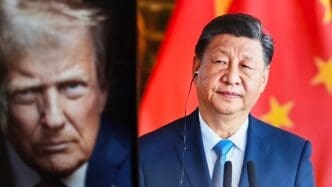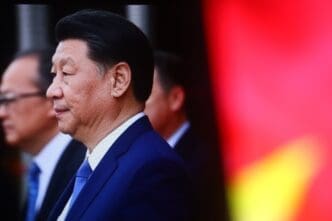Executive Summary
The Story So Far
Why This Matters
Who Thinks What?
Flagship Chinese companies have increasingly diversified their export markets away from the United States and shifted towards less-developed regions such as Southeast Asia since the onset of the US-China trade war in 2018, according to a Goldman Sachs report. This strategic pivot has also seen these firms move up the manufacturing value chain, focusing on higher-end exports while strengthening global supply chains and expanding their international footprint.
Market Reorientation
Data from the investment bank indicates a significant divergence in export growth. Chinese exports to non-US markets have registered a compound annual growth rate of approximately 7.5 percent since 2018. Conversely, exports to the United States have declined by 0.6 percent annually over the same period.
Si Fu, a China equity portfolio strategist in Goldman Sachs’ Global Investment Research Division, noted that 2018 marked a critical juncture as escalating trade tensions between Washington and Beijing compelled Chinese companies to explore new markets. She stated that overall overseas revenue continues to grow for these firms.
Shift to Higher-End Exports
Beyond market diversification, China’s manufacturing sector has also evolved. The production of traditional goods like toys and textiles has given way to an increased focus on consumer electronics, automobiles, and specialized items such as Pop Mart figurines. This reflects a deliberate move along the value-added curve.
For many Chinese companies, the strategist explained, the necessity to shift away or diversify their export destinations was a direct consequence of challenges faced in the U.S. market. This reorientation allows them to leverage historic low-cost advantages and build out robust supply chains in emerging economies.
Strategic Implications
The ongoing reorientation of China’s export strategy, driven by geopolitical tensions and a push for higher-value production, underscores a fundamental shift in its global economic engagement. This trend highlights China’s efforts to build resilience and new avenues for growth independent of traditional markets.







